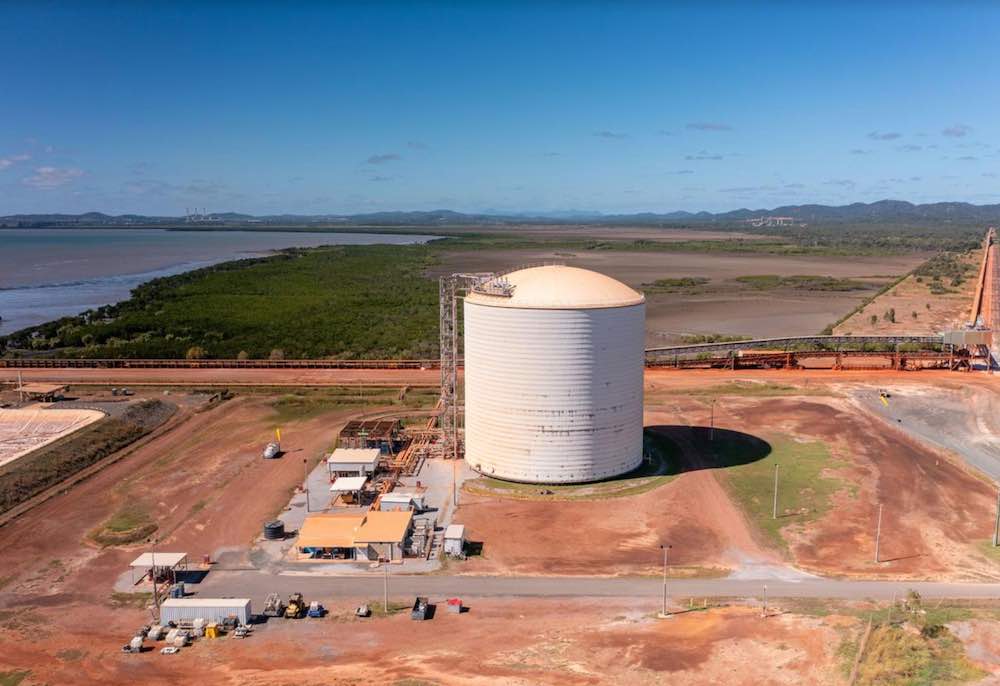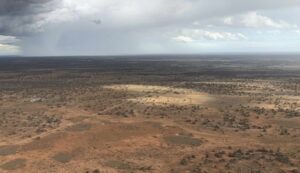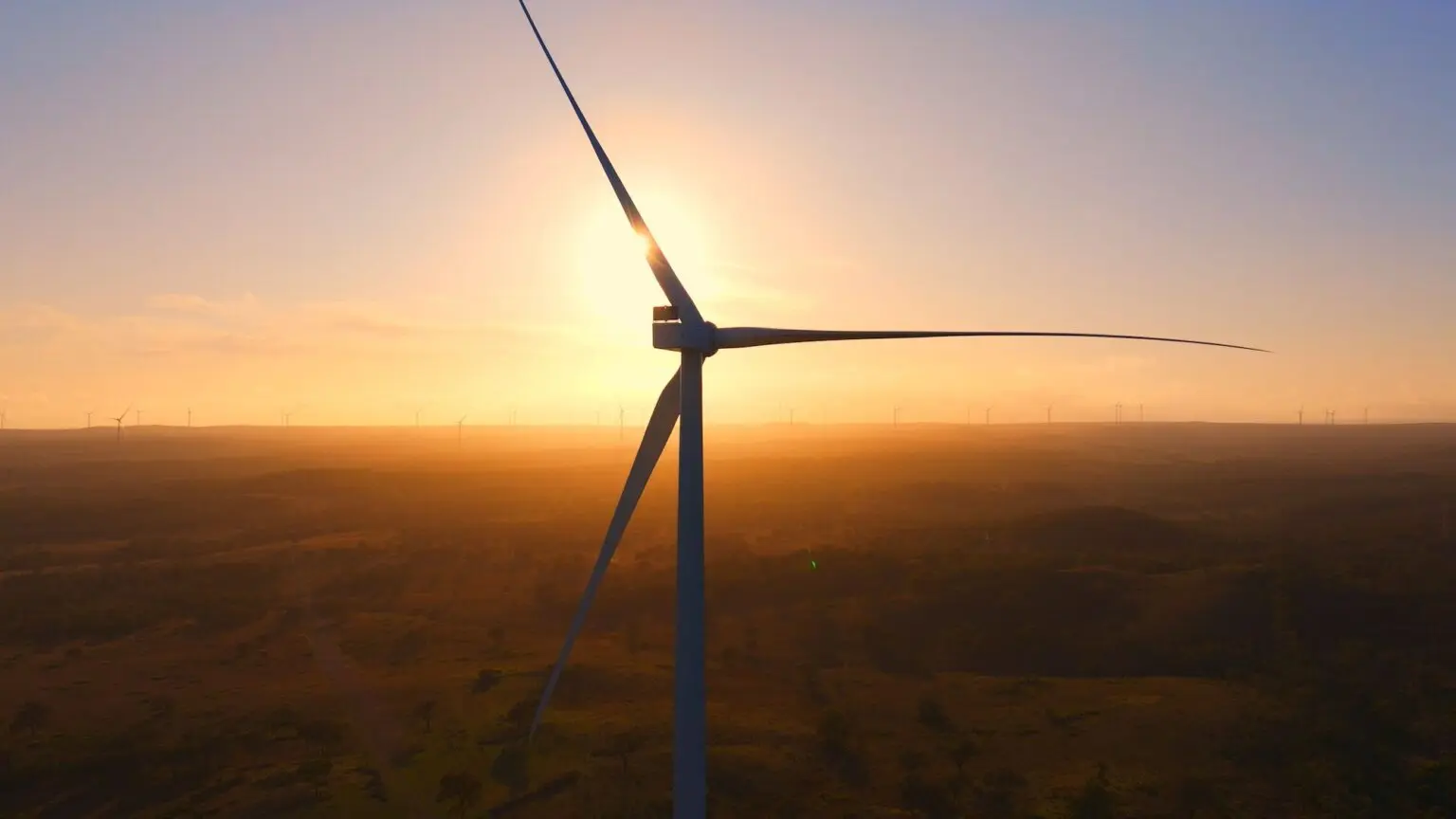As governments, corporations and the occasional iron ore magnate strive to turn Australia into a renewable hydrogen superpower, the storage and transport of the zero emissions fuel is still plagued by issues.
This is because the gas is so low density, because it is highly flammable when exposed to even tiny concentrations of air, and because liquefied hydrogen must be cooled below -235°C, which would require about 45% of the energy it contains.
So, what’s the solution?
According to a recent report from the Kleinman Center for Energy Policy at the University of Pennsylvania in the US, the best strategy for storing and transporting hydrogen depends heavily on the timing and circumstances of its use.
Although it is possible to compress or liquefy hydrogen and transport it through pipelines or by freight containers, its properties make this both a challenge and a risk, the report says.
Hydrogen is the lightest element, escaping even air-tight vessels, and can cause embrittlement in unprotected metals including steel, aluminum, and titanium. Liquefied and compressed hydrogen also poses a significant risk of combustion when exposed to oxygen.
Still, according to the report, for short duration storage, compression – rather than liquefaction of hydrogen or ammonia – is the more energy efficient method of storing hydrogen.
But for storage and transport of hydrogen over weeks to months – such as might be required for a country in Australia’s geographical position, if it intends to become a global green hydrogen exporter – the paper finds, ammonia is the preferred vector.
Ammonia (NH3) is a colourless, pungent gas made up of nitrogen and hydrogen. It’s seen as the golden ticket in the hydrogen economy because it can actually store more energy relative to volume than hydrogen.
It can be made by combining hydrogen and nitrogen through the (currently highly polluting) Haber-Bosch method, and converted back to hydrogen when heated to high temperatures.
Ammonia also carries the added benefit of being far less combustible than hydrogen, making it safer to store and transport.
And, as the report notes, ammonia also stands to benefit from the extensive existing pipeline of infrastructure already used globally by the agriculture sector.
Ammonia is no silver bullet, though: both the synthesis and extraction (cracking) of ammonia are energy intensive processes, though less so than the liquefaction of hydrogen.
And liquid ammonia undergoes constant boil-off – though the boil-off rate of ammonia would only reduce the stored energy by a tiny fraction over a six-month period, according to the Kleinman Center.
Ultimately, according to the paper, the so-called “roundtrip efficiency” of liquefied ammonia and hydrogen for 182 days is comparable.
That’s why compressed hydrogen gas is, in most cases, the preferred vector. While ammonia offers a more energy-efficient method than liquefied hydrogen for storing hydrogen on the scale of weeks or months.
This has significant implications for Australia’s National Hydrogen Strategy, which sets out the nation’s goal of becoming a major global exporter of hydrogen by 2030.
Pioneered by Australia’s former chief scientist Alan Finkel, that document sets out a vision of an Australia that could rake in the dollars by selling green hydrogen, produced by electrolysing water using the country’s abundant renewable electricity resources, to overseas nations looking to purchase clean alternatives to fossil fuels.
In particular, both Korea and Japan have already set their sights on Australia as a source of hydrogen: the world’s first shipment of liquid hydrogen set sail from Victoria to Kobe, Japan, on board the specialised transport ship Suiso Frontier in January 2022.
That shipment – controversial as it was for transporting so-called ‘blue’ hydrogen, rather than green – was part of the Hydrogen Energy Supply Chain (HESC) pilot project the first step in what aims to be a major export chain selling hydrogen produced in the coalfields of the La Trobe Valley, Victoria, to Japan, at a potential future scale of 225,000 tonnes per year.










